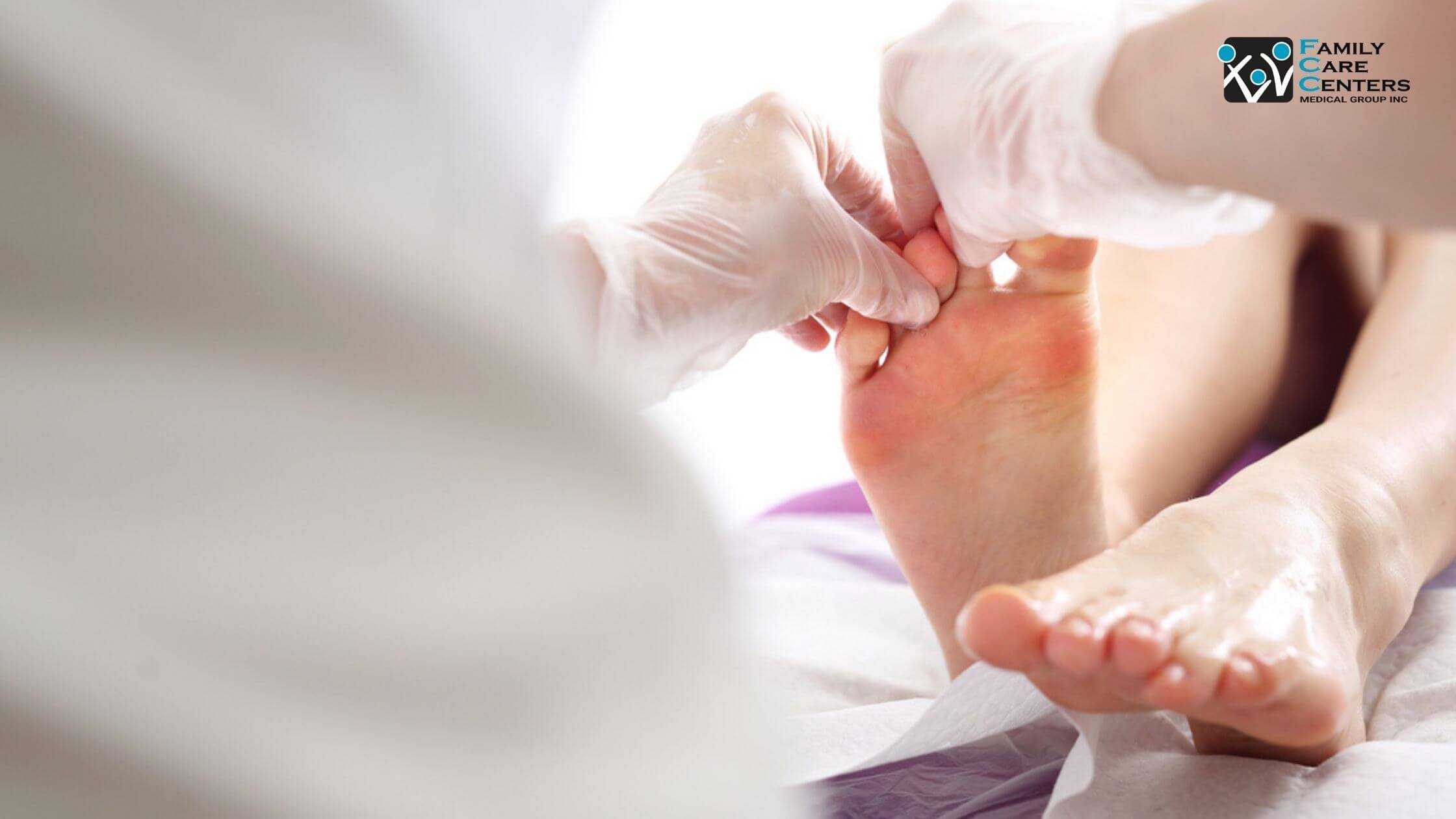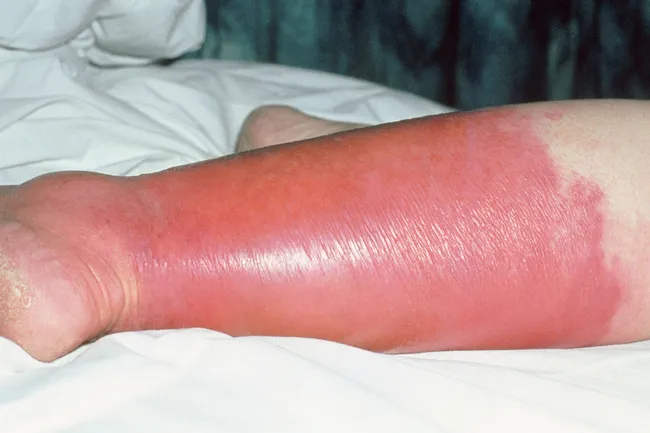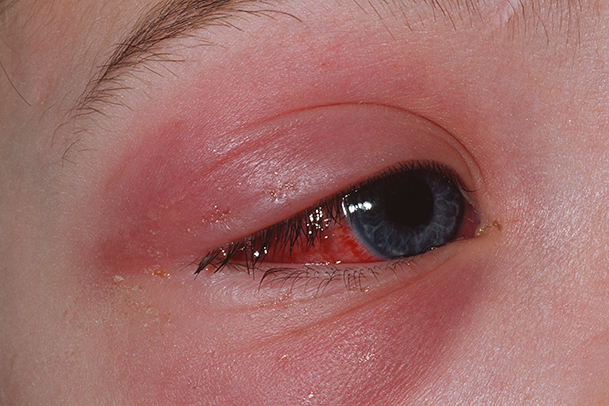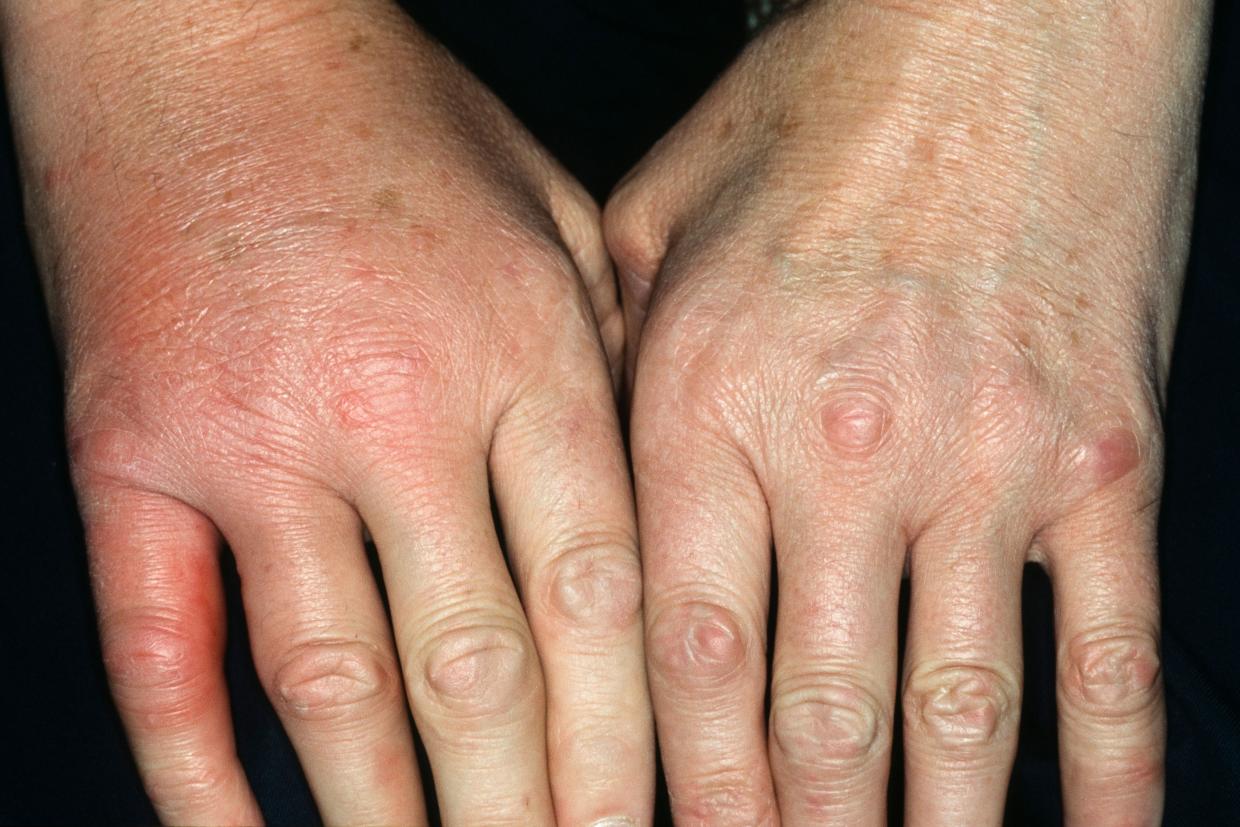

Fountain Valley Urgent Care Permanently Closed. We’re Here to Care for You at Our Other Locations.

Cellulitis is a non-contagious bacterial infection of the skin that can occur in virtually any part of the body. It’s generally characterized by painful swelling and redness on the affected area, such as the lower legs, neck, face, or arms. Apart from the physical symptoms on the skin, the bacteria that causes this condition can enter the bloodstream and lymph nodes, which can escalate into a life-threatening condition. If you have this infection, or suspect you may have it, you should seek medical help right away.
Keep reading to learn more about the diagnosis and treatment of cellulitis.
When you have cellulitis, you may notice some signs in the affected area, such as swelling and redness. You’ll likely feel pain and warmth upon touch and fever in a severe case, and may also experience red spotting, blistering, tenderness, and dimpling on the area of the infected skin.
Indicators of cellulitis in your hands are commonly redness and swelling in the back of the hand. You may also be tender, painful, and have blisters on the infected area.
Cellulitis in a foot is characterized by redness and swelling extending toward the toes. Recurrent cellulitis infections in your feet are dangerous, as they can damage your lymphatic drainage system and cause chronic swelling in the affected limb.
Cellulitis of the legs usually affects the lower leg area and is characterized by tight, glossy swollen skin and a skin sore/rash that grows quickly. The affected area may feel warm, and there may be an abscess with pus around the infection.

A cellulitis-infected eye can affect the eyeball, eyelid, eyebrows, and cheek. It is characterized by painful swelling of the upper and lower eyelid, eyebrow, and cheek, swollen eyes, reduced vision, and painful sensation while moving the eye.

Cellulitis in the neck is usually caused by Streptococci and Staphylococci bacteria, and it is characterized by redness and swelling on the infected area. It is often preceded by sinusitis, dental infections, or traumatic abscesses.

Cellulitis of the scalp is also referred to as Background Dissecting Cellulitis of the Scalp (DCS), and it can cause inflammation and hair loss over the affected area. If you have this condition, you may experience pus-filled lumps and nodules on the scalp and scarring on the affected area.

Cellulitis can cause inflammation and redness on fingers. Fortunately, this infection is superficial and does not impact any deeper structure of the hand.

Symptoms of cellulitis on your arm may include: large red and swollen area on the arm, a painful rash, scabs, blisters, tender lymph nodes, and swollen glands.

Cellulitis is a bacterial infection commonly caused by streptococcus and staphylococcus. These bacteria don’t usually cause problems upon contact on normal, healthy skin. However, an open wound or crack in your skin can let the bacteria seep into deeper skin layers which causes swelling and other symptoms on the affected area.
The bacteria can enter your skin through any spot with existing vulnerabilities such as:
While cellulitis can affect anyone, people with certain physical conditions are more vulnerable to the infection than others. Here are some of the factors that may put you at a higher risk for getting cellulitis:
If you suspect you have cellulitis, seeking treatment as soon as possible is extremely important, as the infection can become life-threatening when it enters your bloodstream or infects other body tissues. Your medical provider may prescribe an antibiotic to treat a mild case of cellulitis, especially if only a small part of the skin is impacted.
Your symptoms may start going away within 2 or 3 days of taking the antibiotics. Recovery time varies from patient to patient, but many recover fully in 10 days or less. Regardless of how much better you feel, you should still complete your prescribed dose.
As cellulitis can recur, continue to take good care of your skin after your recovery. You can take these practical measures to prevent a recurrence:
If you experience health conditions that increase your cellulitis susceptibility, you should take adequate measures every day to avoid skin injury. Some helpful tips to avoid skin wound infections include:
If you or a loved one experiences any cellulitis symptom, come to Family Care Centers’ urgent care clinic in Irvine, urgent care clinic in Fountain Valley, or urgent care clinic in Costa Mesa for swift medical help. When you walk into one of our urgent care centers, your healthcare provider will quickly attend to you and provide an appropriate diagnosis and treatment. We can also refer you to a specialist if your infection has a complication that warrants specialized care.
By receiving immediate cellulitis treatment at our urgent care facility, you can avoid serious complications that may cost a lot to treat. Not only does our effective and quick medical intervention help restore your health fast, but it also saves you time and money.
Share Your Valuable Thought